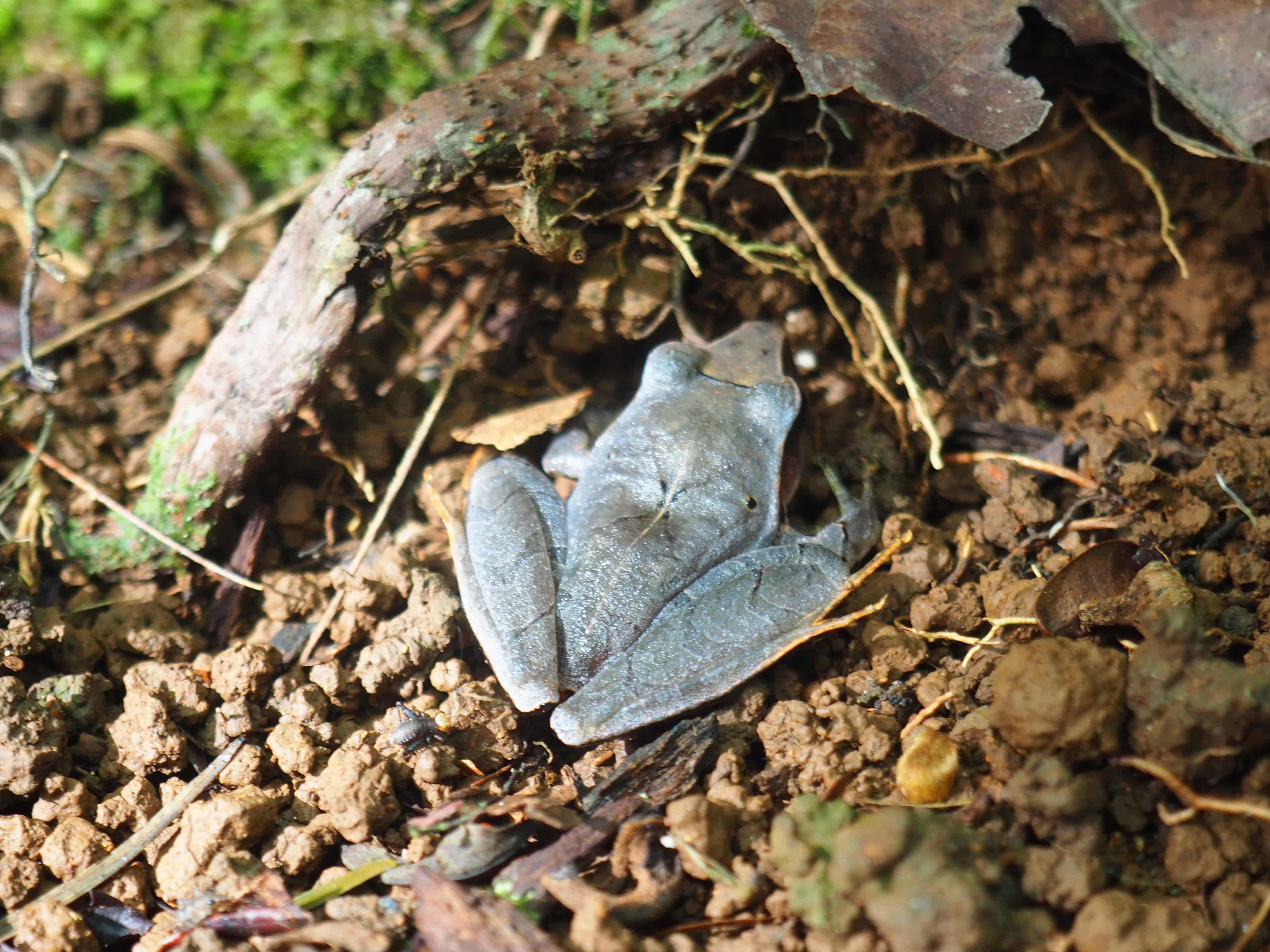In Costa Rica, camouflage is essential for survival, especially for the country’s diverse array of frog species. These amphibians have adapted extraordinary ways to blend seamlessly into their surroundings, a skill vital for evading predators and thriving in the wild. Frogs like the glass frog, whose translucent skin allows it to almost disappear against the green leaves, and the tree frog, which can shift its color to match the bark, are prime examples of this natural adaptation.
As photographer Kristel Segeren took a nature walk along Costa Rica’s southern Caribbean coast, she spotted a camouflaged frog who could easily have been overlooked. Nestled amid the greenery, this frog’s ability to mimic the textures and colors of the foliage showcased the remarkable camouflage techniques found in these amphibians.
The southern Caribbean coast, known for its humid, biodiverse ecosystems, is home to various camouflaged frogs, each contributing to the forest’s complex food web. These frogs help maintain ecological balance by controlling insect populations, while their existence also indicates a healthy environment. However, they face numerous threats, including habitat loss and climate change, which disrupt their delicate habitats.
Witnessing a camouflaged frog in its natural habitat is a rare treat, as these elusive creatures are masters of disguise. For wildlife lovers and photographers like Segeren, the chance to observe such a frog is both an inspiration and a reminder of the beauty and fragility of Costa Rica’s unique wildlife.






